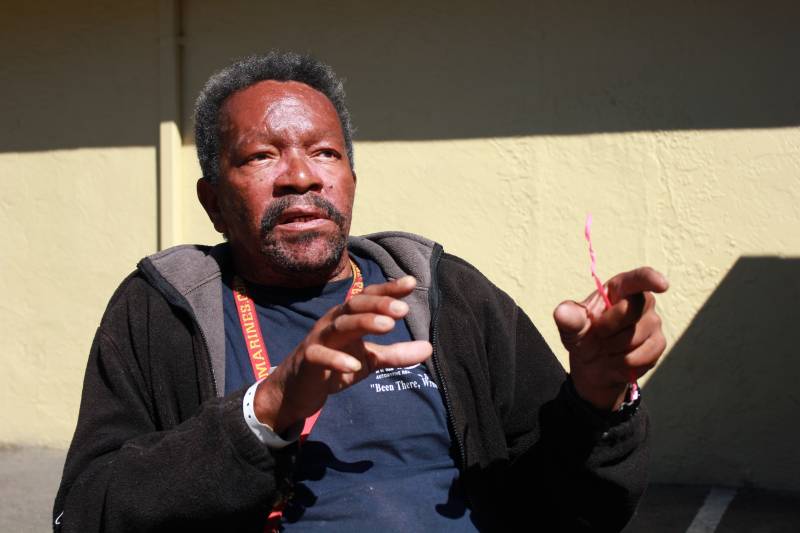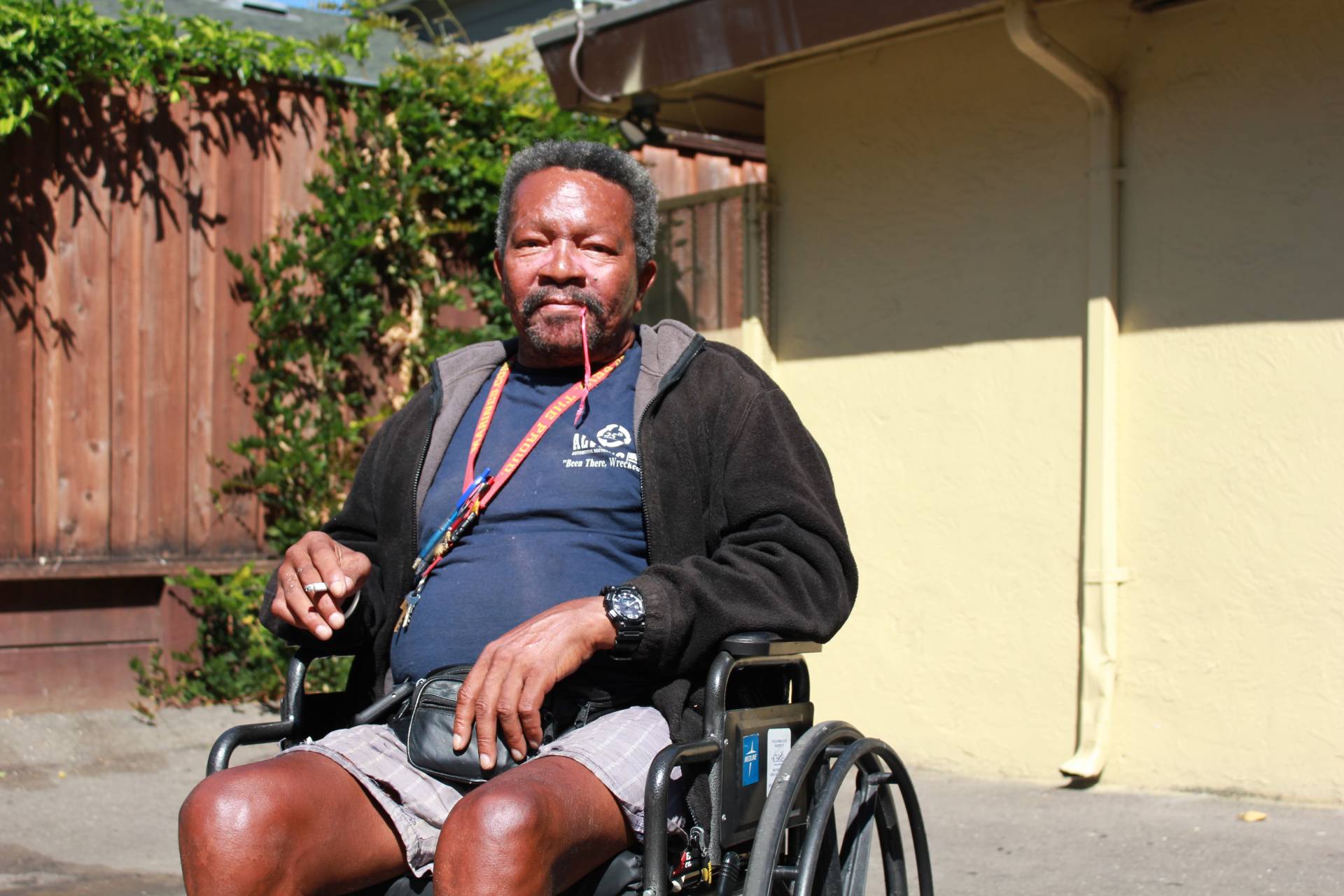The East Bay’s only emergency winter shelter for homeless seniors opens Monday — two weeks earlier than usual due to urgent need.
Director of St. Mary’s Center in West Oakland, Sharon Cornu, said that with more homeless seniors each year, it’s important to get a head start this winter. She said most seniors she serves fell into homelessness after working much of their lives.
A University of Pennsylvania study estimates the aging homeless population will triple by 2030. In 1990, only 11% of the nation’s homeless population was over the age of 50, today more than 50% are.
A UC San Francisco study shows homeless people in their 50s face more geriatric conditions than those living in homes who are decades older. According to the study, nearly half of the growing population of unhoused seniors became homeless after they turned 50-years-old.
Eddie Thomas, a former marine who lives in the East Bay, remembers the moment life as he knew it took a precarious dive — it was back in 2013, when he was 55, that he lost his job as a component repair technician at Intel.
Thomas is now 61.
‘Let Me Get a Job’
“They really gave us no prior warning. They met us at the gate after we went through a fingerprint and retinal scan,” he said of his experience being laid off in 2013. “Armed security guards escorted us to human resources to get our severance package, back pay, vacation pay, sick pay… So I started living off my savings,” he said.


